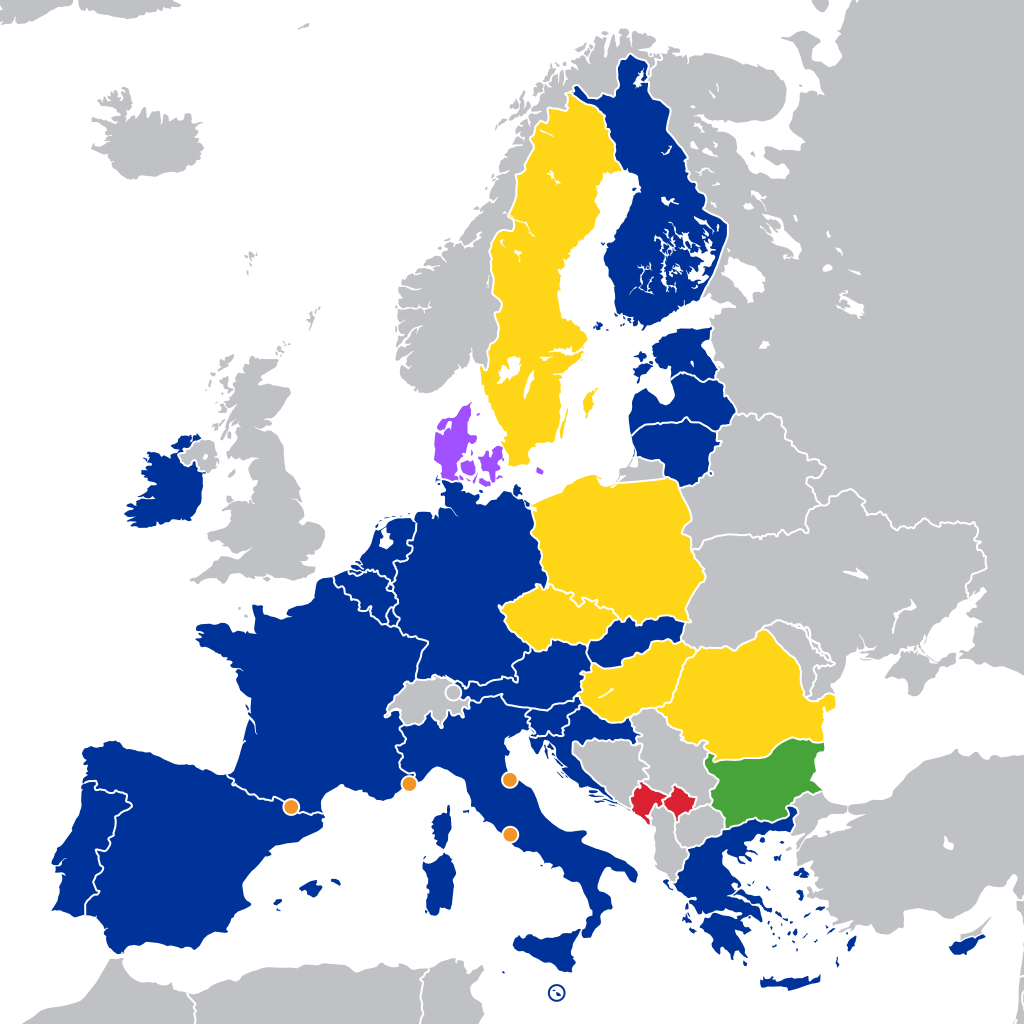On this day in 2002, all customer accounts in the Central Bank of Kosova (CBK) and other commercial banks were converted from Deutsche Mark (DEM) to Euro (EUR). In light of wartime inflation and the discrediting of the Yugoslav dinar in the immediate aftermath of the war, the DEM became one of the most widely used currencies in Kosova. When the mark was replaced by the EUR in Germany 20 years ago, Kosova did the same. The adoption of the euro was achieved in cooperation with the European Central Bank, and allowed Kosova to have a stable currency with little to no inflation, while also removing some barriers when it came to trade and investment.
Following the transition, the CBK, in tandem with the European Agency for Reconstruction and Development, the Kosova Chamber of Commerce, and the Euro Info Centre, undertook a public information campaign to streamline the process. By February of the same year, about 200 million DEM were converted to euros.
Prior to 2001, virtually all transactions in Kosova were made in cash, as there was no bank in the country. The years following euroization welcomed a rapid development of Kosova’s financial and banking sectors. Not only did the conversion to euro result in an increase in accounts opening in commercial banks and a 104.1% increase in deposits made in those accounts, it also led to a newfound confidence for the population in Kosova’s banking system. As one of the most pro-European countries in the world, the euro in Kosova also represents a tangible sign of European identity.


Leave a Feedback
Your email address will not be published. Required fields are marked ⁎